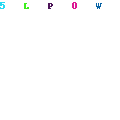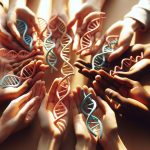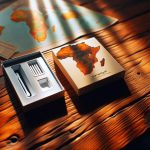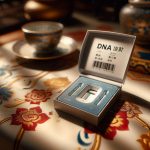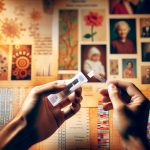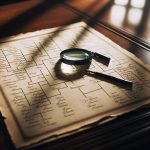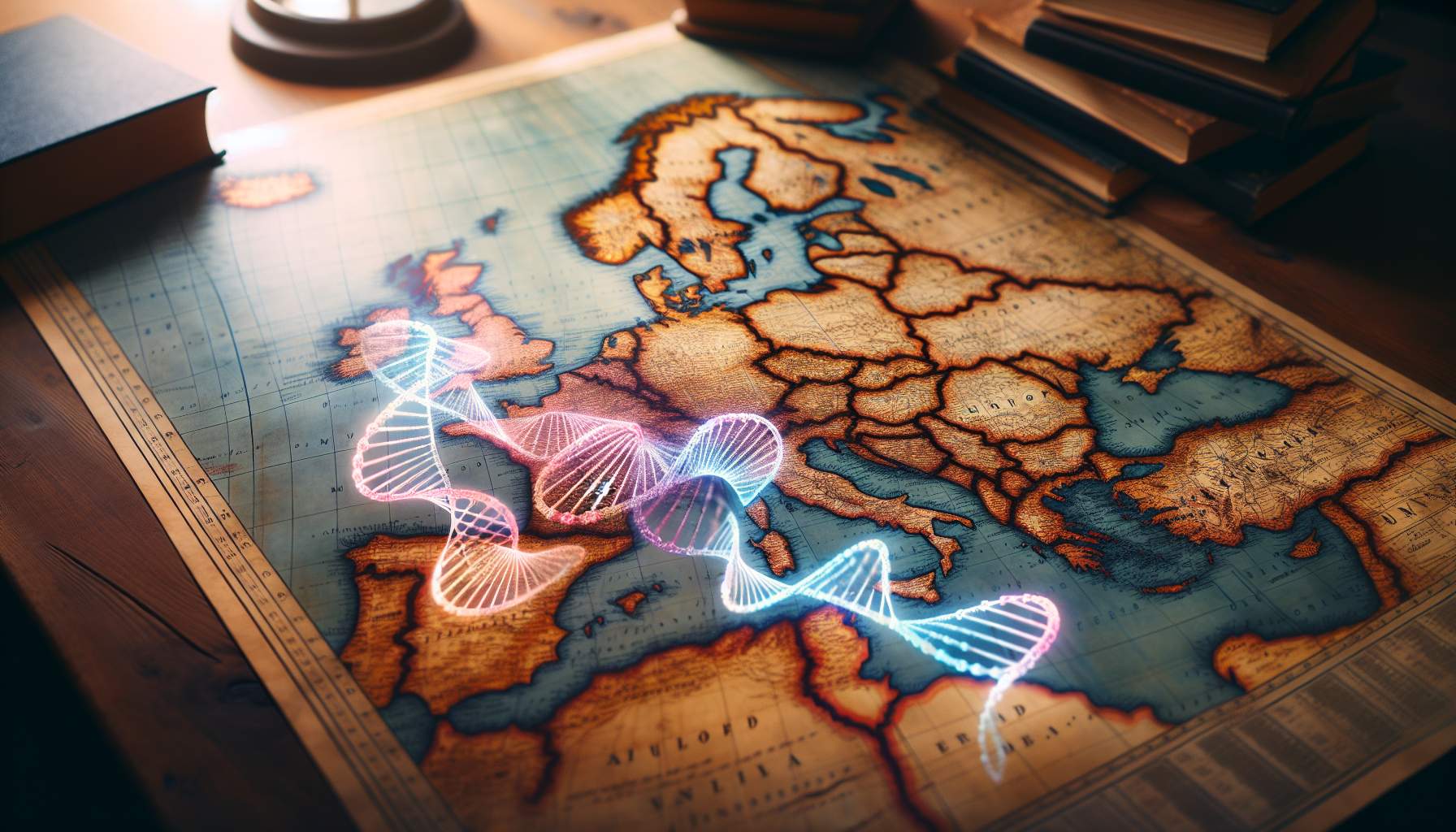
A unique map, crafted by eupedia.com, breaks away from the traditional way of organizing geography by countries and ethnic groups. Instead, it delves into Europe’s genetic landscape through haplogroups. These are essentially family branches tracing back to a common ancestor that tell us about human migrations and geographical origins. There are two types: Y-DNA, passed down from father to son, and mtDNA, which comes from the mother to children of both sexes. This particular map focuses on Y-DNA haplogroups.
Let’s dive into some intriguing insights:
– Iceland stands out for having the simplest genetic makeup in Europe.
– The genetic ties between the British Isles and countries like France, Belgium, and the Netherlands are surprisingly strong compared to their connection with Scandinavian nations.
– Interestingly enough,Haplogroup N3 is virtually absent in the British Isles.
– When it comes to similar genetic patterns,Greece and Albania look almost like twins.
– Venture up north in Europe, and you’ll find Haplogroup J1 becomes rare, this group is often associated with Jewish or Arabic lineage.
– Despite their proximity,Finland shows a distinct difference from its neighbors Sweden and Norway, sharing more in common genetically with Estonia and Lithuania.
– There’s an overwhelming presence of Haplogroup I1a across Nordic regions but only a whisper of it can be detected in Southern Europe.
– Neighbors Bulgaria and Romania could easily pass for siblings based on their DNA similarities.
Moreover,
- The Czech Republic, Austria, Hungary share remarkable genetic resemblances despite slight differences.
- In contrast,Austria is genetically distinct from Germany,
even though they both speak German. - While Eastern Europe sees plenty of Haplogroup N3 , it’s as if it doesn’t exist at all in Western Europe.
- Greece shares more genes with Turkey than one might expect.
- The Baltic states – Latvia , Lithuania ,and Estonia -are practically identical triplets when viewed through a genetic lens . li >< li >The Balkan region boasts incredible diversity within its borders .< / l i >< l i >Norway and Sweden reflect each other perfectly , mirroring their gene pools almost exactly .< / l i >
Several western European countries including Great Britain , France , Spain Portugal,the Netherlands Switzerland,Belgium,and Italy predominantly feature genes from Hap log roup R1b .
On t he flip side,R1a prevails across Nordic territories and Eastern Europe,but takes a backseat in Western realms where R1b reigns supreme
These revelations invite us pause consider how interconnected seemingly disparate parts
Europe really,in ways that go beyond language,culture,political boundaries .It ‘ s fascinating glimpse into past human migration patterns still leave an indelible mark our present-day identities.



